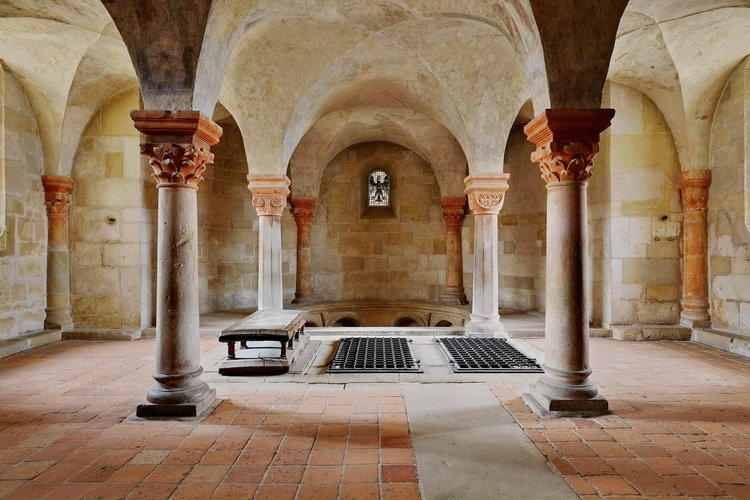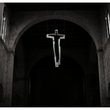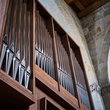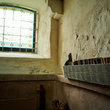Who wants to be forgotten after his death?
Certainly not a king. We will not be able to clarify exactly what reasons Henry I had for determining his burial place in Quedlinburg of all places. What we can say is that by determining the place of the grave it was also determined at which place it should be prayed and remembered. Thus, by designating the tomb, a central place was created for the descendants of Henry I, an important place for his family and successors. A place of remembrance for a king, a place where the royal family would meet and also where meetings with other rulers would take place. A place that consolidates and symbolizes the rule of the family.
A small church on a Quedlinburg hill was rebuilt and enlarged for this purpose. The Quedlinburg Stift was founded after the death of Henry I in 936 to preserve the memory of deceased members of Henry I's family. An abbey is a similar institution to a monastery. It was founded or endowed by secular rulers (here the royal family) for a spiritual purpose - the commemoration of the dead. A monastery is to be understood as a kind of spiritual school, from which one leaves again after a certain training period. As a rule, one entered a monastery for life. The monastery in Quedlinburg was richly endowed with lands that would provide it with food and money. The collegiate church received many relics and precious objects to underline its high importance for the royal family. The commemoration of the dead, also called memoria, included other people beyond Henry and Matilda for whom prayers were said in the monastery. Prayers for the deceased were sung and said in the crypt of the collegiate church, among other places. Crypt - this means "hidden". It is a space found behind or below the chancel, usually quite dark and somewhat lower. The room seems earthy and thus closer in feeling to the dead. In the crypt of the collegiate church we find, among others, the burial place of Henry I and Saint Matilda - the first Saxon royal couple from the first half of the 10th century. The crypt of the collegiate church stands on the foundation walls of the first small church that was located on the collegiate hill. The present large church was built over this space, resulting in a rather large hall with rows of columns as a crypt. In this special space we find tombstones of the abbesses, i.e. the women who once led the monastery. A special feature of these grave slabs is that the women were depicted as figures. An honour that was otherwise only reserved for the rulers. This shows the high rank that the ladies' monastery held. The ceiling of the crypt was richly painted and recalls biblical stories that tell of virtues as well as the immediate descendants of Henry I. Even today, the culture of remembrance plays a major role. On the one hand, death is becoming more and more marginalized in society, but on the other hand, remembering the deceased is an integral part of everyday life. Henry I and Saint Matilda, his wife, continue to have a firm place in memory. This royal couple is still an important topic, at least in Quedlinburg. Every year, on the respective death anniversaries, for Mathilde on 14 March and for Heinrich on 2 July, devotions take place - fixed components of Quedlinburg tradition.







